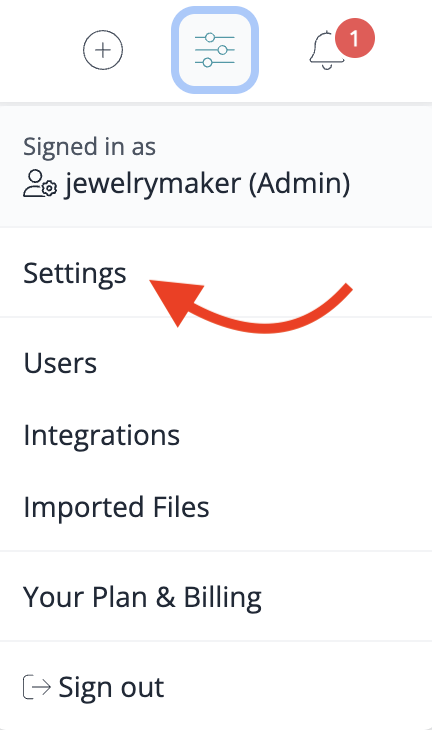About pricing tiers
Learn how to configure different product prices with our pricing tiers feature.
Pricing tiers allow for different markups for specific situations—for example, you might have different markups for your Etsy marketplace sales compared to your wholesale agreements.
Tiers also allow you to set multiple price points for your products and variations, allowing you to see markups and margins across the different situations in which you sell.
In this article we'll cover:
- What are Price Points?
- Locating your pricing tiers page
- Adding a pricing tier
- Adding a price point
- Configuring markup percentages
- Configuring prices for specific customers
What are Price Points?
A Price point is a particular price set for a product Pricing Tier. This allows you to set different prices for your products.
For example, if you have a product with a Retail Price of $20 and a Wholesale Price of $15, then you would create two pricing tiers: Retail and Wholesale. On your product page, you would then configure a price point of $20 for the Retail tier and $15 for the Wholesale tier.
Note: Price Points can also be imported for a Pricing Tier via CSV.
Locate your pricing tiers page
To find your Pricing Tiers page:
Hover your mouse over the settings icon in the top right-hand corner of the page.

Select Settings from the options that appear.

- Select the Pricing Tiers tab on the Settings page.

Tip: Click the pricing tier name in your pricing guidance display to jump directly to this page.
Adding a new pricing tier.
Pricing tiers are created automatically when you connect to an available integration. You can also add manual pricing tiers to handle situations such as consignments or wholesale.
You can learn more about adding a pricing tier here.
Adding a new price point.
Once you have a pricing tier in place, you can then add price points for the tier to each of your products. This can be done individually or in bulk via a CSV import process.
Learn how to add a price point manually →
Configuring markup percentages
Each of your pricing tiers can be configured with a different markup percentage. Markup is the amount added to your production cost to arrive at a selling price. It is a commonly used technique to determine how much to charge for your products.
How to calculate pricing markups for your products →
Configuring prices for specific customers
Custom prices for customers can be configured by creating a Pricing Tier and then associating it with a Contact. This will allow Price Points to be created for the tier and automatically applied to any orders manually created for the contact. This can be useful when your prices differ for specific customers.
Note: This feature is only available for subscribers on our STUDIO+ plans.
To set a pricing tier for a contact:
- Navigate to your Contacts page (How do I find my contacts page?)
- Select the contact you want to configure a pricing tier for.
- Click the Edit button on the page's right side.
Select the tier from the Pricing Tier dropdown list on the form that appears.

- Click the Save Contact button at the bottom of the form.
Note: New Pricing Tiers cannot currently be added via the contact form - if you need to add a new tier, follow the instructions here: How do I add a new Pricing Tier?



